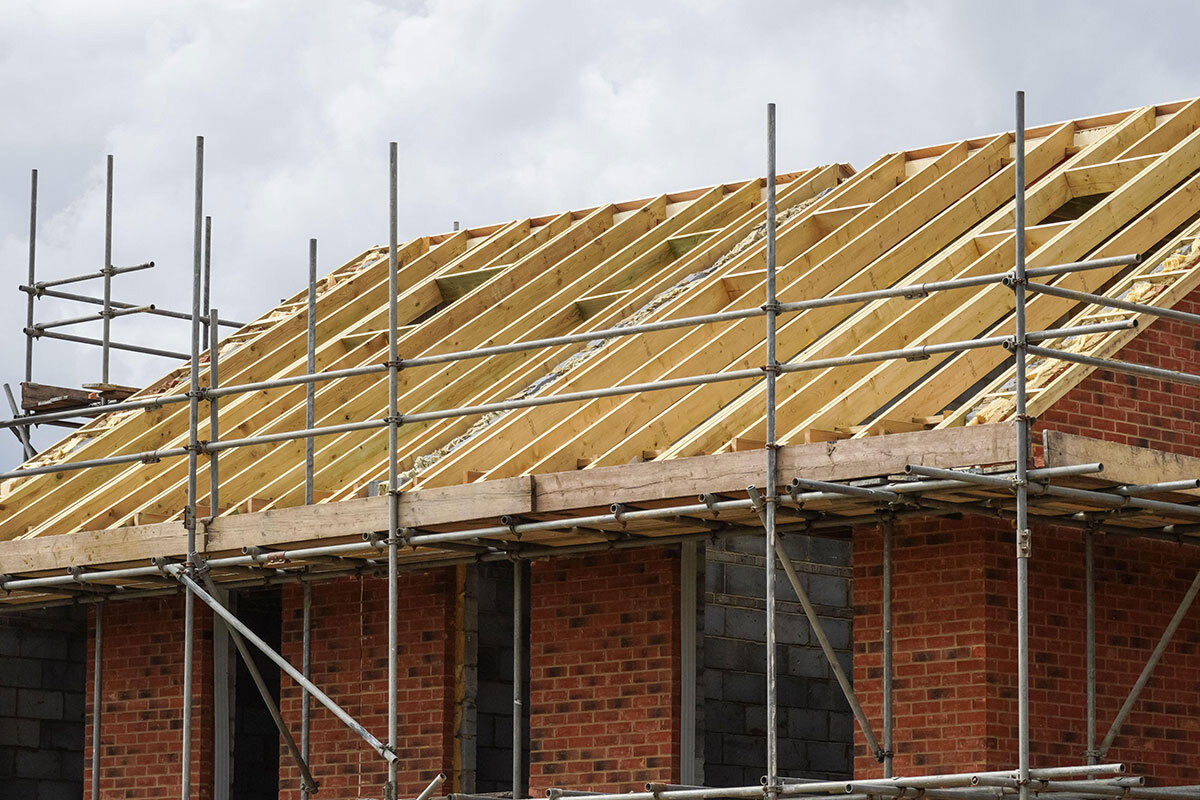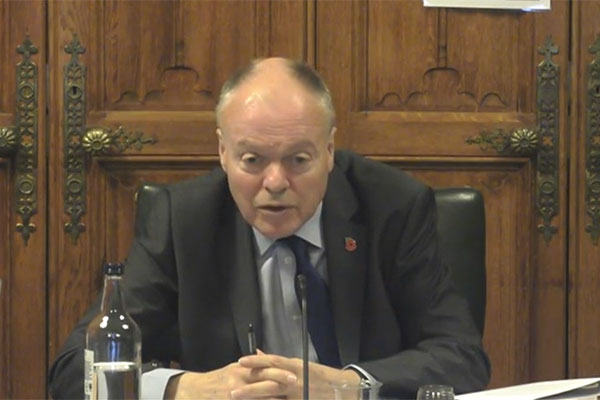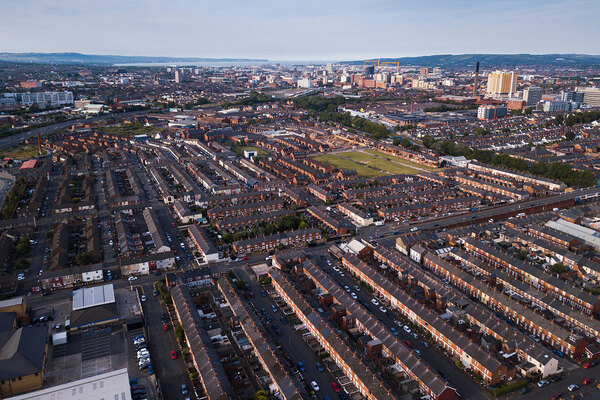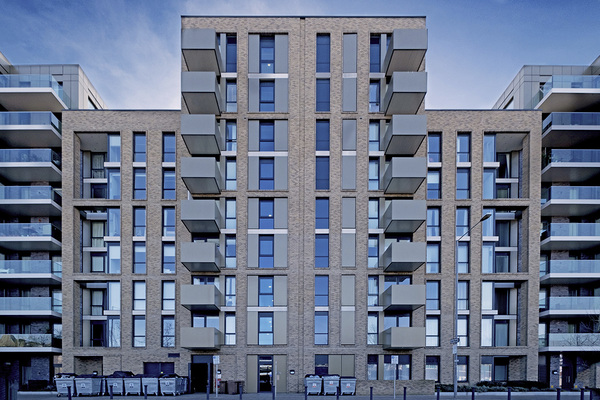A quarter of councils plan to halt development programmes altogether, warns CIH
A quarter of councils said they plan to halt development programmes altogether amid financial pressures, the Chartered Institute of Housing (CIH) has warned.
The CIH made the claim in response to a call for evidence by the Levelling Up, Housing and Communities (LUHC) Committee for its inquiry into the financial sustainability of the social housing sector.
The member body said 44% of local authorities are reducing their housing capital programmes and a quarter said they have been halted altogether. Although, others are making no cuts.
The LUHC Committee’s inquiry will be hearing from social landlords about the financial challenges they are facing, with the first session starting later today.
The CIH made the comments in response to an inquiry question that asked to what extent can social housing providers “maintain output levels in housing development to provide a counter cyclical balance in otherwise tightening market conditions?”
It said the current trend, in response to other pressures, is to cut new development.
“To some extent this is already reflected in DLUHC [Department for Levelling Up, Housing and Communities] projections relating to the Affordable Homes Programme [AHP].
“The DLUHC ‘central’ forecast is now that 157,000 new homes will be completed under the AHP 2021-26, considerably fewer than the 180,000 originally planned.
“The AHP 2021-26 target assumed that the rent policy which began in April 2020, of increases based on Consumer Price Index +1% would still apply.
“The Public Accounts Committee pointed out that the achievement of the AHP targets for new homes is at ‘significant risk’, especially because of ‘large increases in the cost of materials and labour,’” the CIH explained.
It said the rent cap of 7% is likely to affect overall affordable output by limiting the extent to which providers can fund new homes from non-grant sources.
The CIH added: “There have been several warnings about expected cuts in output.
“For example, the GLA [Greater London Authority] and the G15 group of large housing associations issued a joint warning on the threats to new build programmes; numbers of individual providers have announced cuts in their new build targets.
“A survey of local authorities gave a mixed picture: 44% are reducing their housing capital programmes and a quarter said they had been halted altogether. Others are making no cuts.”
There is also an “implicit question” as to whether providers could again buy homes on the open market using special government funding.
“There is a recent precedent in the GLA’s support for councils to acquire more than 1,500 former Right to Buy properties.
“Undoubtedly such a programme could be made to work, if funding recognised the required investment not only in acquisition but in improvement or, for off-the-shelf new build, for improved energy efficiency where needed,” the CIH said.
Overall, the committee of cross-party MPs received 69 written responses.
Both the Local Government Association (LGA) and the National Housing Federation (NHF) warned there would have to be “trade-offs” between investment in existing and new homes if more funding is not made available.
The LGA said: “The impact is much more likely to be felt on programmes which commence from next year, with the very real potential for programmes to be scaled back significantly should additional grant or one-for-one Right to Buy subsidy not become available.”
The NHF reiterated that over half of housing associations have reduced their forecast development in their latest figures.
It added: “We know that many large developers are having to scale back their development ambitions in future years as costs rise and they shift funding towards existing homes.
“Some members have told us that their forecast delivery of new homes over the next five years is reducing by 10% to 20%.
“Supported housing providers face very significant barriers to new investment.”
It said this will have a “knock-on economic impact” on jobs and local economies and “contribute to the pro-cyclical housing market downturn that looks to be emerging”.
“Ultimately it will mean more families are stuck in overcrowded, poorly adapted, unsuitable or unaffordable homes, with knock-on effects for their health and well-being,” the NHF stated.
Sign up for our development and finance newsletter
Already have an account? Click here to manage your newsletters












